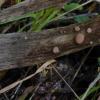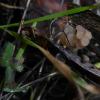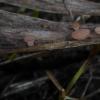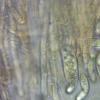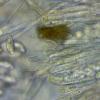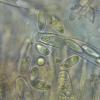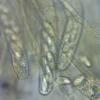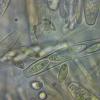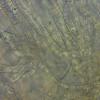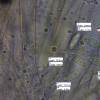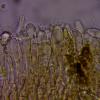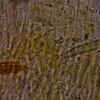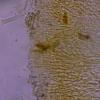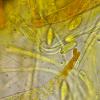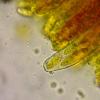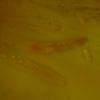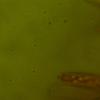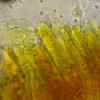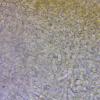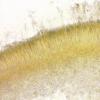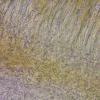
12-12-2025 18:39
Mirek GrycHello everyone.Macrofeatures similar to Mollisia b

09-12-2025 12:06
 Andgelo Mombert
Andgelo Mombert
Bonjour,Je recherche l'article concernant Hypobryo

07-12-2025 16:07
Arnold BüschlenHallo, ich habe in einer Moos-Aufsammlung (epiphy

08-12-2025 21:04
Mark Stevens"Hello everyone,I'm relatively new to microscopy (

08-12-2025 18:59
 Lothar Krieglsteiner
Lothar Krieglsteiner
.. found by a seminar-participant, I do not know t

08-12-2025 17:37
 Lothar Krieglsteiner
Lothar Krieglsteiner
20.6.25, on branch of Abies infected and thickened

16-03-2014 22:00
Hello,I found this species a few months ago but ha

08-12-2025 13:39
Thomas Læssøehttps://svampe.databasen.org/observations/10572899

Collected in Portugal, Algarve, nature reserve Fonte Benemola north of Loule, 3.1.2018.
Substrate is Arundo donax, as the leaf remains were partly still adhering to the thick lying stems. Unfortunately, most of the collection is badly ripe but I think I could get most of the important characters. Unripe spores in the asci mostly were much smaller (maybe 12-15 µm) than the free ones I measured here.
The IKI-reaction of the asci is weak and cannot be seen at all asci. For some time, I was not at all sure to have an inoperculate discomycete - but my pictures clearly show the porus.
I think this should be looked for in the Sclerotiniaceae (?) - but I do not have a good idea about the genus and species.
Who can help?
Best regards from Lothar

I see true croziers on your photo, though a bit difficult to recognize, because also basal protuberances occur. This and the occurrence on Poaceae speaks for Rutstroemia calopus. In my folders this is the unpublished genus Clarireedia which exists only in the web. Actually, this group stands apart from Rutstroemia in phylotrees. It was suggested for the dollarspot disease Sclerotinia homoeocarpa, which clustered with a R. paludosa sequence in CBS (see my homoeocarpa folder).
Zotto

Hello Zotto,
thanks a lot for your expertise. I had thought of R. calopus but got away of it because I found the spores not typical for a Rutstroemia.
Nice to have a name, then :-)
Thanks again and best regards, Lothar
